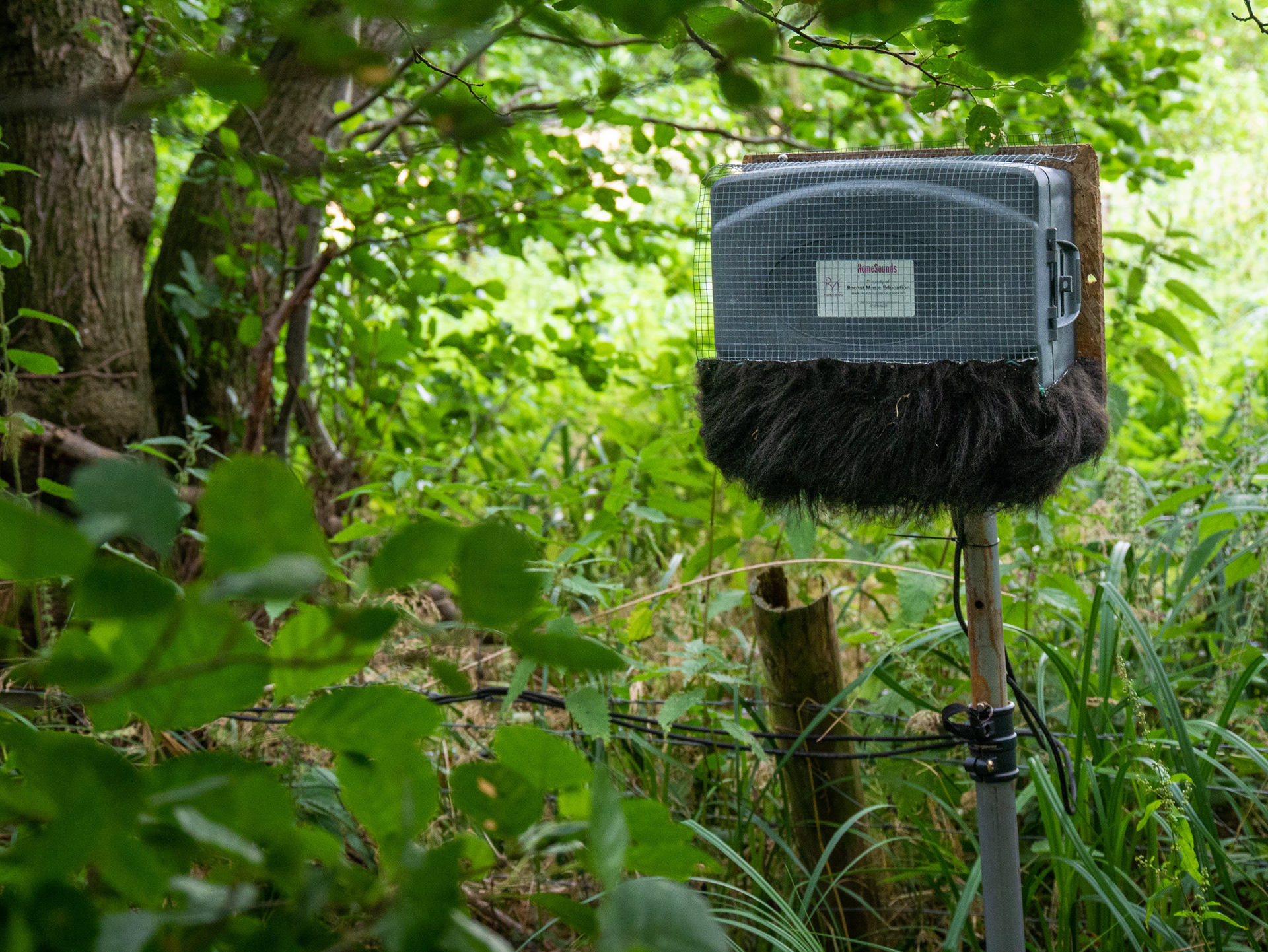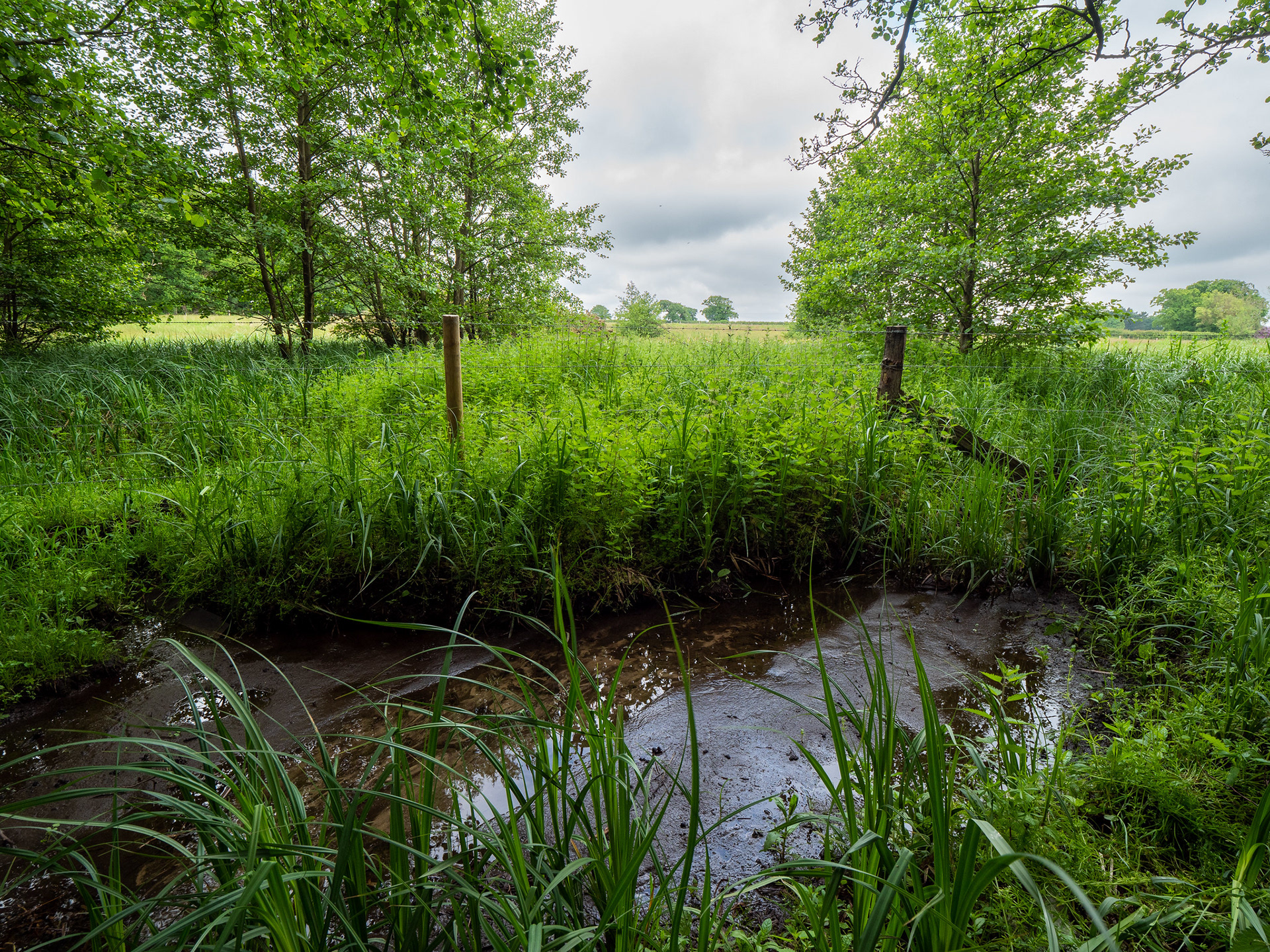LOCATION:
Carr (derived from the Old Norse kjarr, meaning swamp) is a rare habitat of waterlogged woodland, dominated by tree species such as alder and willow which thrive in wet conditions. The carr has developed around Felbrigg pond, which was formed when Scarrow Beck, a small tributary of the Bure was dammed by William Windham III in 18th century as part of his development of the surrounding Park.
The lake and surrounding woodland are home to a range of wildlife; dragonflies and damselflies are abundant over the water in the summer, the reedbeds support nesting birds such as reed bunting and sedge warbler, and otters are frequently seen. In summer evenings the area provides an important feeding ground for bats including the water loving daubenton’s bat and the rare barbastelle. In autumn and winter the open water attracts wildfowl and cormorants roost in the lakeside trees.
National Trust has worked to return the beck drains into the pond to a more natural form, creating wet grassland which can provide breeding habitat for declining wading birds such as lapwing and snipe. These habitat improvements have also had the effect of lowering the amount of nutrients that enter the lake from the surrounding catchment, improving water quality which had declined significantly during the latter part of the last century.
MICROPHONE:
This stereo air microphone was located in an area of ‘carr’ woodland fringing the lake on the Felbrigg Hall Estate. The microphone is no longer broadcasting but you can hear extracts of the acoustic habitat it share by clicking the link below.





